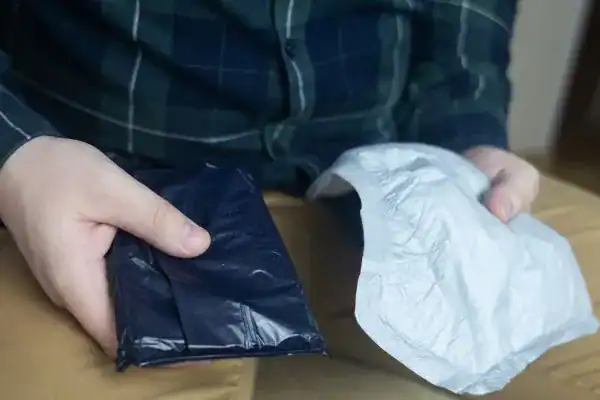Don’t let accidental stool leaks define your life.
At Incontinence Direct, we offer a modern, non-surgical solution using EMS chair therapy that helps restore bowel control, improve pelvic floor strength, and reduce episodes of stool incontinence — all with minimal risk and downtime.

Stool incontinence is the inability to control your bowels or the involuntary loss of stool.
It could appear as:
Causes may include weak pelvic floor muscles, sphincter damage (e.g. childbirth injury), nerve dysfunction, advanced age, or comorbid health conditions. Stool incontinence can affect quality of life, cause embarrassment, and lead to social isolation.
Our friendly service provides personalised support for individuals experiencing bowel incontinence or fecal incontinence, addressing both the causes of fecal incontinence and the symptoms of bowel incontinence through evidence-based therapies like sacral nerve stimulation, which uses mild electrical pulses to improve bowel control problems and enhance daily activities; alongside guidance on lifestyle changes, management of related bowel conditions such as irritable bowel syndrome, and attention to mental health and individual needs—all aimed at helping you regain confidence and control over solid stool and overall wellbeing.
Our EMS chair therapy delivers high-intensity electromagnetic energy through a specialised seat to stimulate neuromuscular contractions in the anal sphincter muscle — triggering hundreds to thousands of muscle contractions per session. Over time, this helps restore strength, tone, and coordination in the muscles that support bowel continence.
Key Advantages


EMS treatment is ideal for individuals with:
Note: Those with significant structural damage, necrosis, or certain neural conditions may require specialist referral.
Q: What does EMS treatment feel like?
A: You’ll sense rhythmic muscle contractions and tingling in the pelvic/anal area. It’s not painful — most people describe it as an intense but tolerable “workout” sensation.
Q: How many sessions will I need?
A: Typical protocols use eight to ten sessions, spaced 1–3 times per week. Your clinician may adjust based on your progress and severity.
Q: Is it safe?
A: Yes — the EMS chair uses established electromagnetic stimulation technology. Contraindications include pregnancy, implanted electronic devices (e.g., pacemakers), active pelvic infection, or metallic implants in the pelvic area. Side effects may include mild soreness or muscle fatigue.
Q: When will I start noticing improvements?
A: Some patients observe reduced leakage or urgency after just a few sessions. Most see measurable gains by the end of the course. Optimal improvements typically appear after 4–8 weeks.
Q: Can EMS replace other therapies?
A: It can complement or replace some conservative treatments (dietary changes, bowel training, biofeedback, pelvic floor exercises). For structurally severe incontinence, EMS may be best viewed as part of a comprehensive plan or a bridge to more advanced treatments.
Q: Will I need to wear incontinence products afterwards?
A: Many clients report significant reductions in leakage and fewer accidents, often reducing or eliminating reliance on pads. Outcomes vary according to baseline severity and adherence to follow-up care.
Q: Is it effective for all ages and both genders?
A: Yes, EMS therapy can benefit both men and women across many age groups, provided there is residual muscle responsiveness and the absence of absolute contraindications.
Take the First Step Toward Bowel Confidence
As part of your personalised treatment plan, our specialists in pelvic health offer effective treatment options for pelvic pain, urinary incontinence, pelvic floor dysfunction, and even erectile dysfunction, beginning with a detailed history and detailed assessment of your pelvic organs, bowel movements, and bladder control; your care may include pelvic floor physical therapy, pelvic floor muscle training, guided Kegel exercises, or sessions on the EM chair—all designed to restore muscle control and comfort, with the option of home visits so you can receive treatment in the comfort of your own home and maintain total privacy throughout your recovery.
Don’t let stool incontinence control your life. Schedule a private consultation at Incontinence Direct and learn how our non-surgical EMS chair treatment can help restore control, dignity, and comfort.